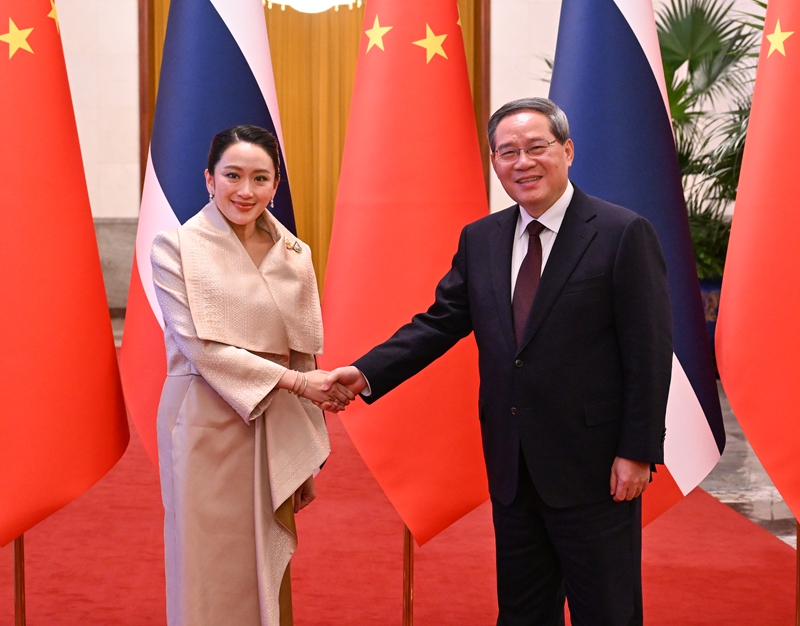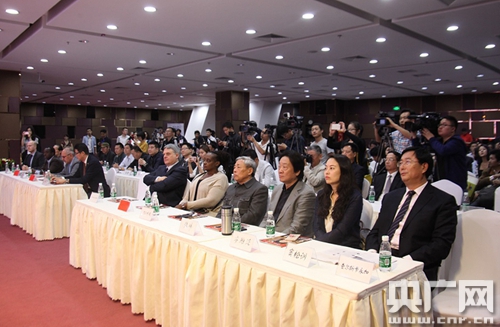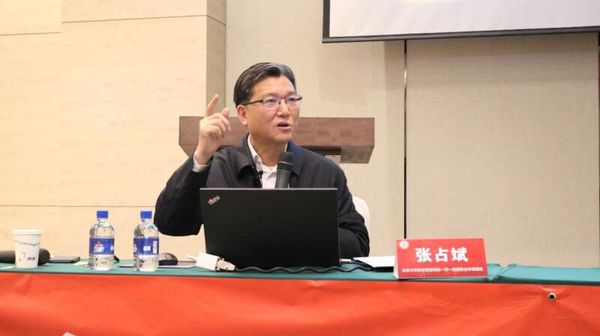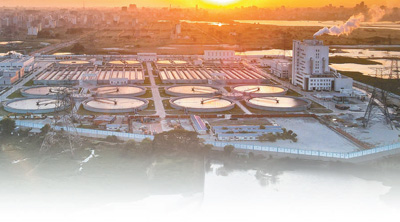The Magical "Silk Road" Ancient "highway"!
The Magical "Silk Road" Ancient "highway"!
What we are going to talk about today is an ancient and magical "Silk Road" ancient "highway". It not only made the emperors rich, but also allowed friends from different civilizations to meet, know and fall in love (of course, mainly doing business). By the way, the opening of this road
What we are going to talk about today is an ancient and magical "Silk Road" ancient "highway". It not only made the emperors rich, but also allowed friends from different civilizations to meet, know and fall in love (of course, mainly doing business). By the way, the development of this road is even more "lively" than opening a express delivery outlet today! So, without further ado, let us travel through the tunnel of time and space and start this wonderful historical adventure!

[Part 1: The Origin of the Silk Road - the First "blind date" between the East and the West] Imagine that China around the 2nd century BC was in its prime in the Han Dynasty. The emperor was probably busy inventing new recipes when he suddenly received a "special invitation" - to go to Central Asia to attend a "transnational gathering". This is the story of Zhang Qian’s mission to the Western Regions! This "explorer" of the Han Dynasty was not going to travel or check in, but was sent to inquire about "the customs and customs over there" and brought some "special products" home - such as silk, porcelain and tea. Zhang Qian's journey can be said to be a "thrilling and exciting version" of "long-distance journey" - he encountered deserts, bandits, and "lost", but he persisted and finally brought back the "baby message". This is like we are sending couriers today. The couriers are not afraid of darkness or heavy rain, just to deliver the "baby" to customers safely. Zhang Qian's "mission" opened the "door of friendship" between the Central Plains and Central Asia, West Asia and even Europe, and opened the "golden age of trade". This route, later known as the "land Silk Road", was like a "huge commercial highway" connecting Chang'an (now Xi'an) with the distant Roman Empire. Along the way, we pass through the Hexi Corridor, Tianshan Mountains, Persia, and Arabia, and finally reach the Mediterranean. Just like today's "highway express delivery network", but at that time, the car was a camel, the road was a desert, and the means of transportation were still "living".
[Part 2: Maritime Silk Road - The Rise of the "Marine Expressway"] In addition to land routes, "Marine Expressway" was also discovered in the Han Dynasty! That’s right, the ancients also "driving ships", but their "highway" may not be as good as today's high-speed trains, but it was "technical innovation" at that time! This maritime Silk Road connects China's South China Sea, the Indian Ocean, and even to the east coast of Africa. Imagine those ancient "sea couriers" - they did not use express boxes, but "wooden boats" to float on the sea, encountering wind and waves, encountering pirates, and encountering "sea monsters"... However, fortunately, merchants from countries along the route "cooperate" to jointly maintain this "sea expressway." This route allows spices, gems, ceramics, and even "strange fragrances" - such as Indian curry - to float to China, bringing endless "taste bud enjoyment". This is like today's "cross-border e-commerce international express delivery", making the world "smaller and faster". The rise of the Maritime Silk Road not only allowed goods to "fly" all over the world, but also allowed culture and religion to "cross the ocean" - for example, Buddhism was introduced from India to China, like a "religious courier", "delivered goods to the door".

[Part 3: "Express" between culture and technology - the integration of civilizations] The Silk Road is not only a "express" channel for goods, but also a big market for "culture, religion, and technology". Do you know? Buddhism has brought "sweeping across the ocean" from India to China, bringing "softitude of the soul" and "the beauty of the Buddha statue". At the same time, Islam also "rides the wind" from the Arab region, bringing "Islamic wisdom". Art, music and literature in countries along the route have also become rich and colorful in "learning each other". For example, Greek sculptures, Persian carpets, and Indian spices all became "more interesting" in "communication". This is like today's "Cultural Exchange Festival", which allows "special dishes" from different countries to take turns to take place, and everyone "talk about culture" while eating. What's even more amazing is that the Silk Road has also spread "black technologies" such as "paper making", "gunpowder", and "compass". These "artifacts" later influenced the entire world and even opened up the "era era of great inventions". Imagine how Columbus found the New World without a compass? Without gunpowder, how can the Fireworks Festival be released? All of this is thanks to the "hard work" of the "ancient technology couriers"!
[Part 4: The "Golden Age" and "Decline" of the Silk Road] However, no "gold" is eternal. With the decline of the Tang Dynasty and the collapse of the Mongol Empire, the Silk Road began to "break down". In addition, war, thieves, and political turmoil have made this "highway" seriously "traffic jam". By the end of the 15th century, Europe's "navigilance technology" made rapid progress, and Columbus discovered a new continent, opening a "new era at sea." The "Maritime Silk Road" gradually replaced the "land expressway". Everyone likes to "take a boat" and thinks it is both fast and beautiful. Entering the modern era, railways, highways and aviation have made global "trade faster and cheaper", and the Silk Road has gradually "quit the stage of history." However, don’t forget that the “spiritual wealth” it leaves behind—cooperation, communication, and inclusion—still shine.

[Part 5: Contemporary "Silk Road" - a new chapter of the "Belt and Road"] In 2013, China proposed the "Silk Road Economic Belt" and the "21st Century Maritime Silk Road", collectively known as the "'Belt and Road'". This is like an "upgraded version" of the "old highway". Not only the "highway" is built, but also the "Internet highway" to allow countries to "cooperate better". "'Belt and Road'" not only brought about "infrastructure construction", but also promoted "trade facilitation" and "cultural exchange". Countries along the route are like "old friends", working together like a "big family". You can imagine that the Silk Road in the future may be a "cultural festival of unmanned high-speed trains virtual reality"! Of course, there are also challenges: political risks, economic imbalance, environmental protection... These all require "wisdom and patience". We must remember that the spirit of the Silk Road - win-win cooperation, inclusiveness and mutual learning - is the most important "express password".

[Inheritance and the Future - Let the Silk Road shine again] Looking back, this "ancient highway" is not only a "mobile line of commodities", but also a "bridge of civilization". It allows people from different countries, ethnic groups and beliefs to "meet, communicate and integrate". Today, with the advancement of the "Belt and Road" policy, the spirit of the Silk Road has once again "rejuvenated". In the future, let us work hand in hand and use the "express delivery" spirit of "cooperation, innovation, and inclusiveness" to build the Silk Road into a "golden bond" of a "community with a shared future for mankind".





